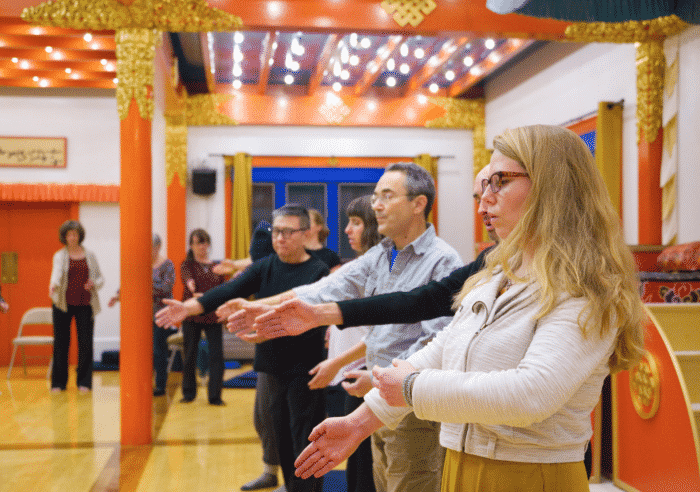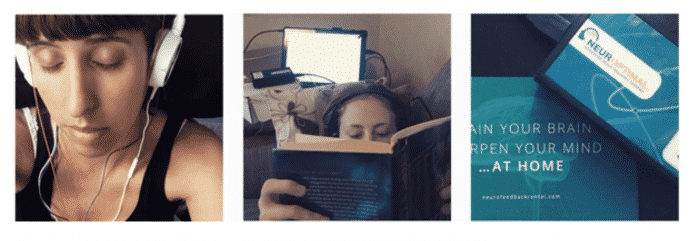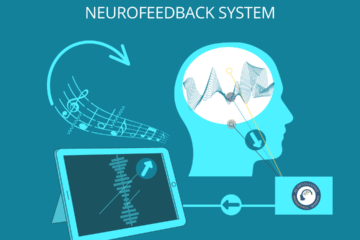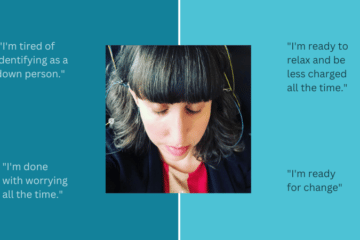More and more people are talking about the ways we work with and heal trauma in the therapeutic setting. As the understanding and culture around trauma has shifted so to have the practices. Body work, somatic work, and embodied work are all things you might hear people talking about today. A main way to access this work is of course one on one in the therapeutic relationship but there are also a number of other ways to work with the body and heal.
3 ways to explore embodied work outside of therapy
Mudra Space Awareness
Mudra is a practice originally taught by Tibetan Buddhist master Chogyam Trungpa Rinpoche to students in the 1970s. The practice invites students to deepen into their bodies and present moment through poses called intensifications and activities called clinics. These intensifications and clinics cut through ego and discursive mind stabilizing one’s experience of the present moment. Mudra could be seen as a powerful training, one that helps the practitioner grow more familiar with the unfamiliar groundlessness of now.
Mudra is done in groups, usually in person but for the last 6 months has been some of us have been exploring more and more how to use zoom and technology to find news ways to connect and deepen. Unlike meditation practice that can be still and quiet mudra also includes movement, muscular intensity, sound, and play.

“Both Mudra and kissing invite you to take a chance. The Experience is mysterious. It could be risky and there are no guarantees” – Lee Worley
Neurofeedback
Neurofeedback is a safe and non-invasive brain training tool that builds resilience and flexibility. The NeurOptimal neurofeedback machine works by training the brain to use present moment information to decide what to do next, rather than old, out-of-date information.
At first glance neurofeedback might not appear to be an embodied practice, it’s doesn’t involve moment for instance. But over time this training that occurs when the body is still invites you to become more open and aware to your body signs and singles. The deeper I go into my neurofeedback training and the more I talk to others who train I realize the profound awareness that we can have of our bodies and minds, as well as the connection between the two.

Books and other resources
All therapists have their favorite brooks. When it comes to trauma informed body work my two go to books have always been The Body Keeps the Score by Bessel Van Der Kolk MD and Waking the Tiger by Peter Levine.

More recently I have been inspired by My Grandmother’s Hands by Resmaa Menakem. All these books in different ways take the reader on a journey to understand the complexity of how trauma lives in the body and the ways that can be worked with.
Over the years I have seen how these books have impacted people in my therapy practice. These books can help deepen one’s journey into the body. If embodied work is something you are interested in or if it’s something you are wanting to learn more about one of these books would be a great place to start.
Other inspiring ways to get embodied…


